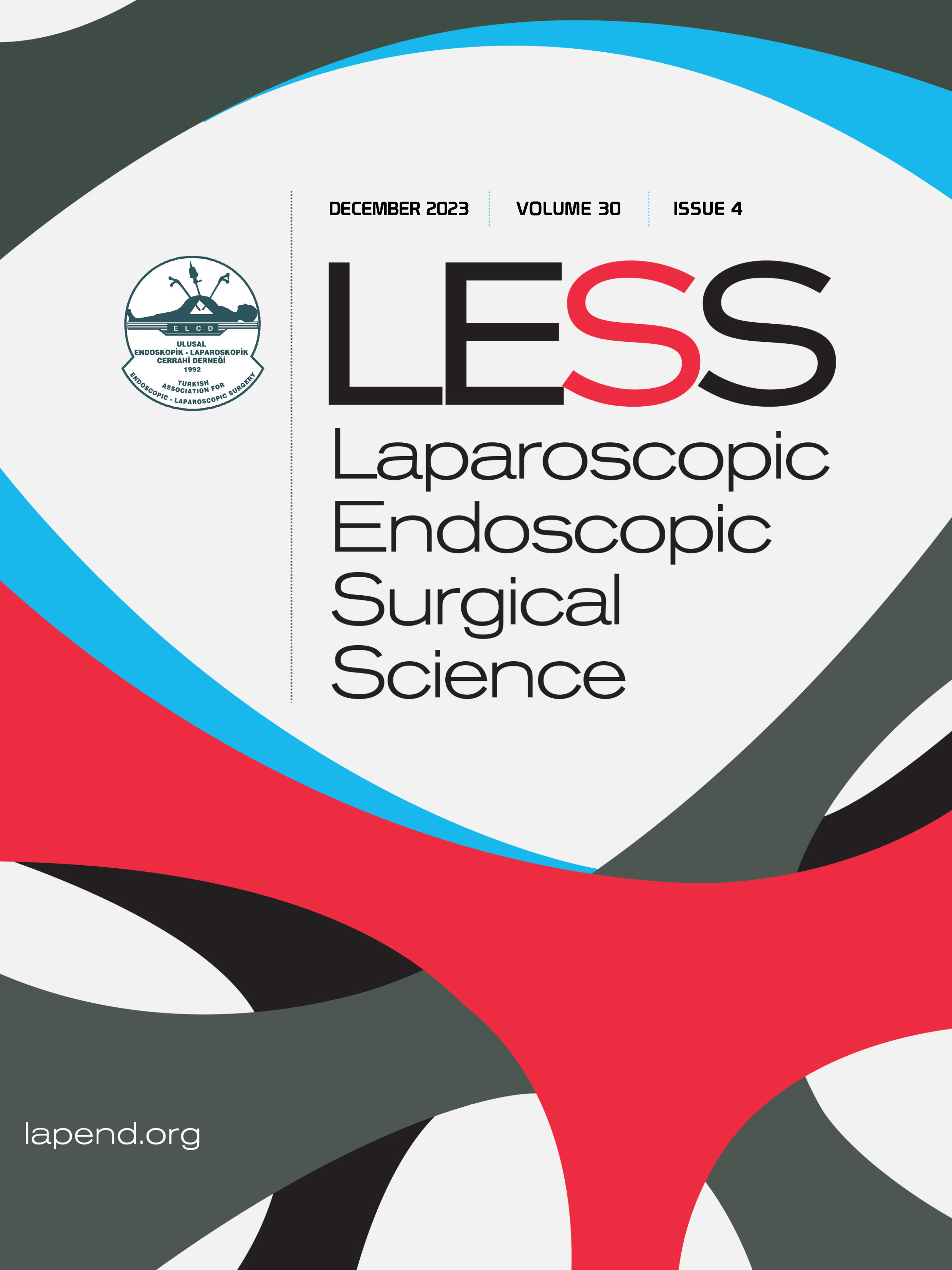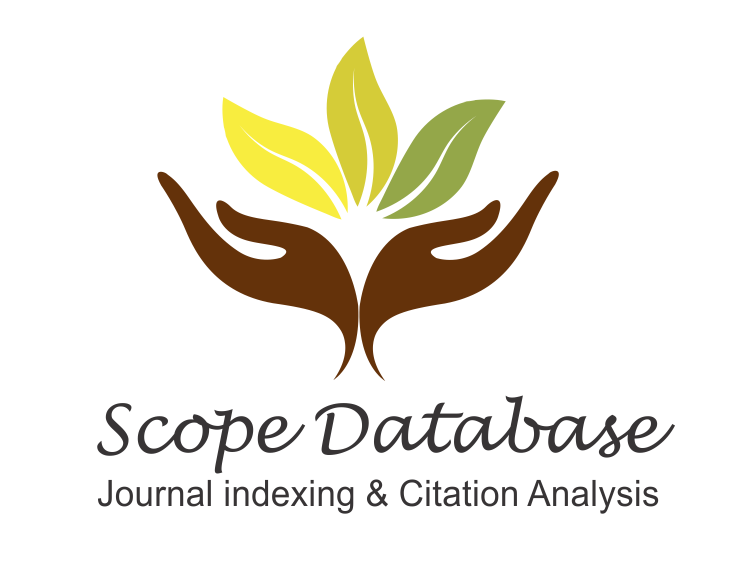Volume: 17 Issue: 2 - 2010
| 1. | Development of Laparoscopic Surgery Sevgi Hatipoğlu Pages 79 - 86 n this review will be referred to the historical development of laparoscopic surgery. |
| REVIEW | |
| 2. | Safe Patient Care In Laparoscopic Surgery Meryem Yavuz, Züleyha Seki Pages 87 - 93 With the expansion of laparoscopic surgery, perioperative nurses and other members of the surgical team are required to continue to learn about new technology and instrumentation, as well as the techniques and challenges involved in using new technology, to help ensure the safety of their patients. This article explores the development of laparoscopic procedures and offers suggestions for increasing patient safety. |
| 3. | Preoperative Preparation of Laparoscopic Surgical Instruments and Infection Prevention Roles Vildan Gökçe Pages 94 - 99 Laparoscopy is among the most important advances in the field of surgery enabled by the technology. Laparoscopy is a minimally-invasive surgical technique aiming to minimalize the post-operative morbidity and length of patient hospitalization. Surgical infections are the most common cause of post-operative morbidity. Various factors are involved in the development of surgical infections including the life-style and demographic properties of patients, disinfection and sterilization, surgical technique, postoperative care and use of antibiotics. The concept of surgical technique includes minimalized trauma to the patient, short operative time and successful hemostasis. It has been shown that laparoscopy when compared to open surgery significantly reduces surgical infections regardless of the type of incision made. However, the preparation process of surgical instruments before using is very important. |
| 4. | Implementation Of Complementary And Alternative Medicine Practices For Prevention/Management Of Nausea And Vomiting After Laparoscopic Surgery Sennur Kula Şahin, Tülin Yıldız Pages 100 - 105 Laparoscopic surgery, has been used only for gall bladder and reflux disease as a treatment. Proving its effect on patient comfort, satisfaction and security it is being implemented for appendicitis, adrenal gland, spleen, hernias, colon, bariatric surgery. Today despite using advanced anesthetic techniques and antiemetic agents in laparoscopic surgery, postoperative nausea and vomiting remains an important feature for patient care. Although nausea and vomiting are not life-treatening it may lead to aspiration, electrolyte imbalance, dehydration, wound opening, extends the duration of hospital stay, cost increase and decrease patient satisfaction when they are not prevented/resolved. Prevention/management of postoperative nausea and vomiting should require multidisciplinary coordination between anesthesiologists, surgeons and medical surgical nurses. Currently, antiemetics, hydration and oxygen therapy are used for treatment of postoperative nausea and vomiting. The goal of this article is to emphasize the implementation of complementary-alternative and pharmacological treatment in reduction of postoperative nausea and vomiting rate in high risk patients and their contribution on holistic patient care. |
| RESEARCH ARTICLE | |
| 5. | The Efficacy of Autogenic Relaxation and Slow Rhythmic Breating in Reducing Postoperative Nausea and Vomiting after Laparoscopic Procedure Aysel Gürkan, Deniz Şelimen Pages 106 - 115 INTRODUCTION: The study was designed a prospective experimental-control research, and aim to examine the efficacy of the autogenic relaxation and slow rhythmic breating in reducing nausea and vomiting after laparoscopic surgical procedure. METHODS: The scope covered female patients that have undergoing laparoscopic cholecystectomy in the general surgical clinics of a university hospital, and a training-research hospital. Assuming a 46-68% postoperative nausea and vomiting rate after laparoscopic cholecystectomy, with an average of 55%, a sample size of 48 patient in each of the experimental and control groups were determined by the power analysis to provide 80% power for detecting in 25% reduction in the incidence of postoperative nausea and vomiting. Data were collected during face-to-face interviews and follow-ups by using Personal Characteristics Form and Patient Follow-up Forms, and by Visual Analoque Scale and State-Trait Anxiety Inventory. Validity and reliability studies of the scales were performed Turkish populations. Rates, percentages (x), standard deviation (SD), x2, t-test and Pearson correlation techniques were used during the evaluation of the data. RESULTS: According to the research data, there were statistically significant differences in the following: state anxiety levels of patients in the control and experiment groups before and after the surgical procedure; postoperative nausea and vomiting rates; antiemetic requirements; and satisfaction from applied care/treatment (p<0.05). DISCUSSION AND CONCLUSION: Obtained findings points out autogenic relaxation to be more affective than routine nursing care in reducing nausea and vomiting after laparoscopic surgical procedure and it is suggested that this technique be used in surgical population at high risk of developing postoperative nausea and vomiting. |















